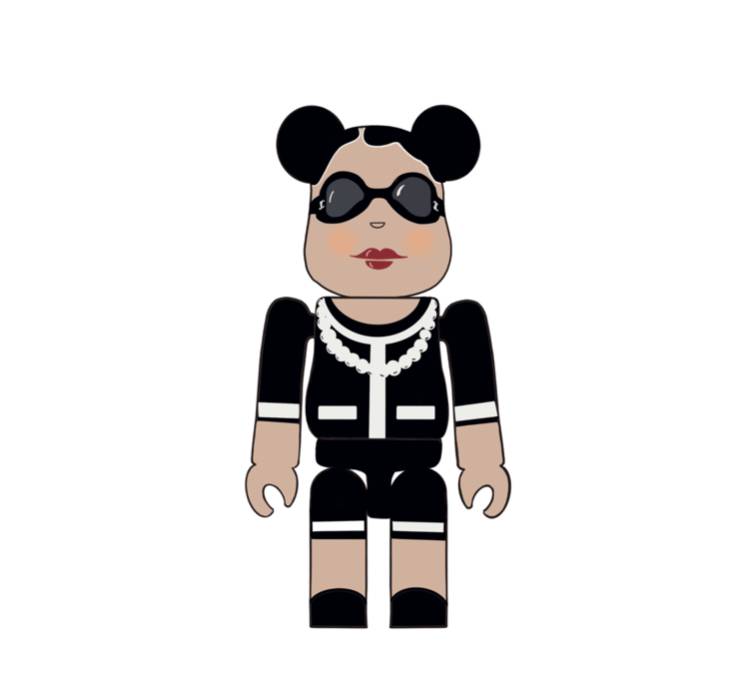Words by Emily Regan
Illustrations by Kami Whybrew
Most of you will recognise the plastic figure below in one form or another, however, do you understand how the be@rbrick became a major icon within the streetwear movement?
The be@rbrick phenomenon began in 2001, created by Japan’s Medicom Toy, and handed out merely as a gift at the ‘World Character Convention 2012’ in Tokyo.
 The retailer really hit the nail on the head with this one, each bear is unique with designs relating to current trend-driven culture. Designs inspired by contemporary artist, Andy Warhol, and Marvel’s superheroes’ costumes to name a few.
The retailer really hit the nail on the head with this one, each bear is unique with designs relating to current trend-driven culture. Designs inspired by contemporary artist, Andy Warhol, and Marvel’s superheroes’ costumes to name a few.
The plastic bear-shaped figurine has evolved to be one of the most popular and unique collectible pieces across generation z and alpha. The ‘hype beast’ generation has welcomed the ‘limited edition’ collectible bears with open arms.
 The popularity of collecting plastic bears quickly progressed from a fad to a serious macro trend. As the awareness of these table-top bears grew, so did their exclusivity.
The popularity of collecting plastic bears quickly progressed from a fad to a serious macro trend. As the awareness of these table-top bears grew, so did their exclusivity.
Brands and celebrities began to endorse be@rbricks (predominately retail) jumping on the bandwagon and creating limited-edition collectibles. Pharrell Williams, (designer of multiple Adidas collaborations) is known to have a large collection, as well as rapper, DJ Khaled who also has a common obsession with limited edition ‘sneakers.
Retailers that have used the be@rbrick as PR content include the likes of streetwear brands ‘Bape’ and ‘Supreme’ alongside luxury designer ‘Chanel’.
 The Coco Chanel be@rbrick most recently sold at auction for an astonishing $30,000, with the lowest asking price now at $61,497, this luxury-inspired be@rbrick is one of the most valuable on the market.
The Coco Chanel be@rbrick most recently sold at auction for an astonishing $30,000, with the lowest asking price now at $61,497, this luxury-inspired be@rbrick is one of the most valuable on the market.
Although the generic shape of the be@rbrick rarely changes, as their appeal increased so did their size. The original bears show as ‘100%’ on the chart below. Some of the largest bears are 70cm (1000%) high for reference. Just like the sneaker community, often limited edition bears will feature original materials too, examples include ‘glow in the dark’ paint, wood, and even felt features.
The be@rbrick has become iconic within the streetwear community and it’s not a shock as to why. The principles remain the same; from sneakers to the plastic figurines.
The hype-beast community thrives on the obsession to purchase limited-edition collectibles. This phenomenon has been driven by brands and celebrities across the globe and is arguably one of the most superficial trends to push through at such extreme measures.
In essence, the bear itself is an un-purposeful plastic toy, however the blank canvas it provides for creativity thrives within the streetwear community and now the value of a useless plastic bear often equates to more than a pair of collectible sneakers. Re-wired and re-designed by brands as a PR stunt to drive the hype community who, ironically, was first to push the popularity of the be@rbrick!
